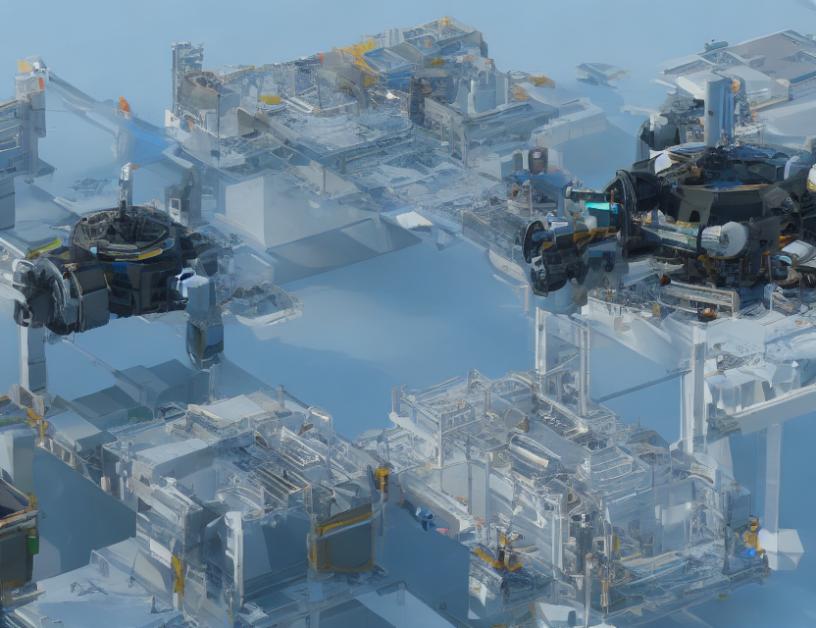Deep reinforcement learning (DRL) is a powerful technique that enables agents to learn and make decisions in complex environments. In this article, we explore how DRL can be applied to embedded systems, which are computer systems used in a wide range of devices from smartphones to appliances. We discuss the key concepts and techniques of DRL and how they can be adapted for use in embedded systems.
Software and Normalization
In DRL, the agent’s policy is implemented as a neural network (NN) that takes observations from the environment and outputs actions. The environment provides normalized observations to the NN, which means the values are scaled to a specific range, typically [−1, +1]. This is important because it allows the NN to learn more stable and expediently during training. However, when applying DRL in embedded systems, it’s also essential to distinguish between normalized and denormalized spaces. Normalized observations are raw quantities passed to or received from the NN, while denormalized quantities are those provided or expected by the environment.
Optimization Methods
One of the critical aspects of DRL is optimizing the agent’s policy using various techniques, such as gradient ascent. Gradient ascent updates the agent’s policy parameters using a learning rate η and the gradient of the objective function with respect to those parameters. The learning rate controls how quickly the policy converges, and it’s essential to choose an appropriate value for each situation.
Value Function and Q-Function
In DRL, there are two key metrics to evaluate an agent’s performance: the value function (VF) and the action-value function or Q-function (Q). The VF estimates the return at a state when acting on-policy, while the Q-function estimates the return for taking a specific action at a particular state. The advantage function measures how much better it is to take an action compared to what the current policy would do. These functions are crucial for evaluating and improving an agent’s performance in various situations.
Advantages of DRL in Embedded Systems
DRL has several advantages when applied to embedded systems, including:
- Flexibility: DRL can adapt to changing environments by learning from experiences, which is essential for many applications in embedded systems, such as control systems or autonomous vehicles.
- Improved Performance: By using DRL, agents can learn optimal policies that lead to better performance compared to traditional methods, especially in complex and dynamic environments.
- Efficiency: DRL algorithms are computationally efficient and can handle large amounts of data, making them suitable for real-time decision-making applications in embedded systems.
Challenges and Future Work
While DRL offers many advantages, there are still some challenges and open research directions in applying it to embedded systems, including:
- Computational Resources: DRL algorithms require significant computational resources, which may not be available in resource-constrained embedded systems. Therefore, developing efficient DRL methods that can run on resource-limited devices is crucial.
- Safety and Security: Embedded systems often have safety and security concerns, and DRL agents must ensure their actions are safe and secure. Researchers need to develop techniques for ensuring the safety and security of DRL agents in embedded systems.
- Explainability: DRL algorithms can be challenging to interpret, making it difficult to understand why a particular action was taken. Developing techniques for explaining DRL agents’ decisions is essential for embedded systems applications where transparency and accountability are crucial.
Conclusion
In conclusion, deep reinforcement learning has the potential to revolutionize many areas of embedded system design by enabling intelligent decision-making processes that adapt to changing environments. By leveraging recent advances in DRL, we can create more sophisticated and efficient systems that provide better performance and safety while also improving explainability and transparency. As the field continues to evolve, we can expect even more exciting applications of DRL in embedded systems, including autonomous vehicles, robots, and smart homes.



